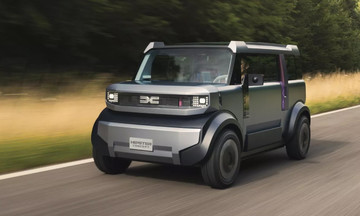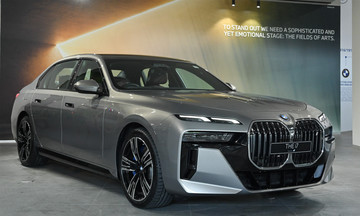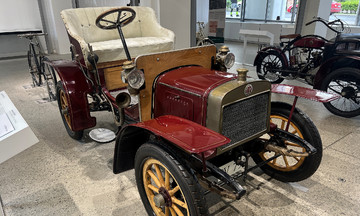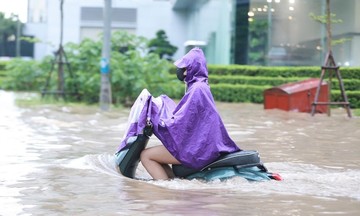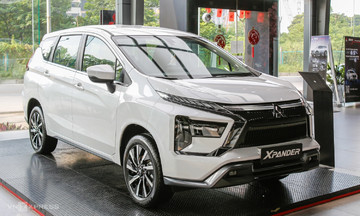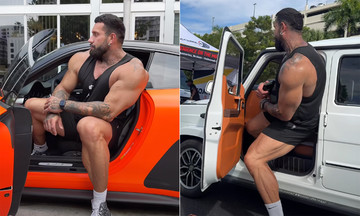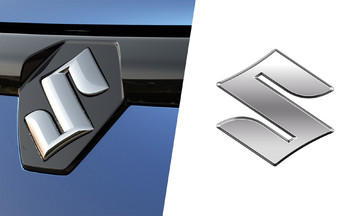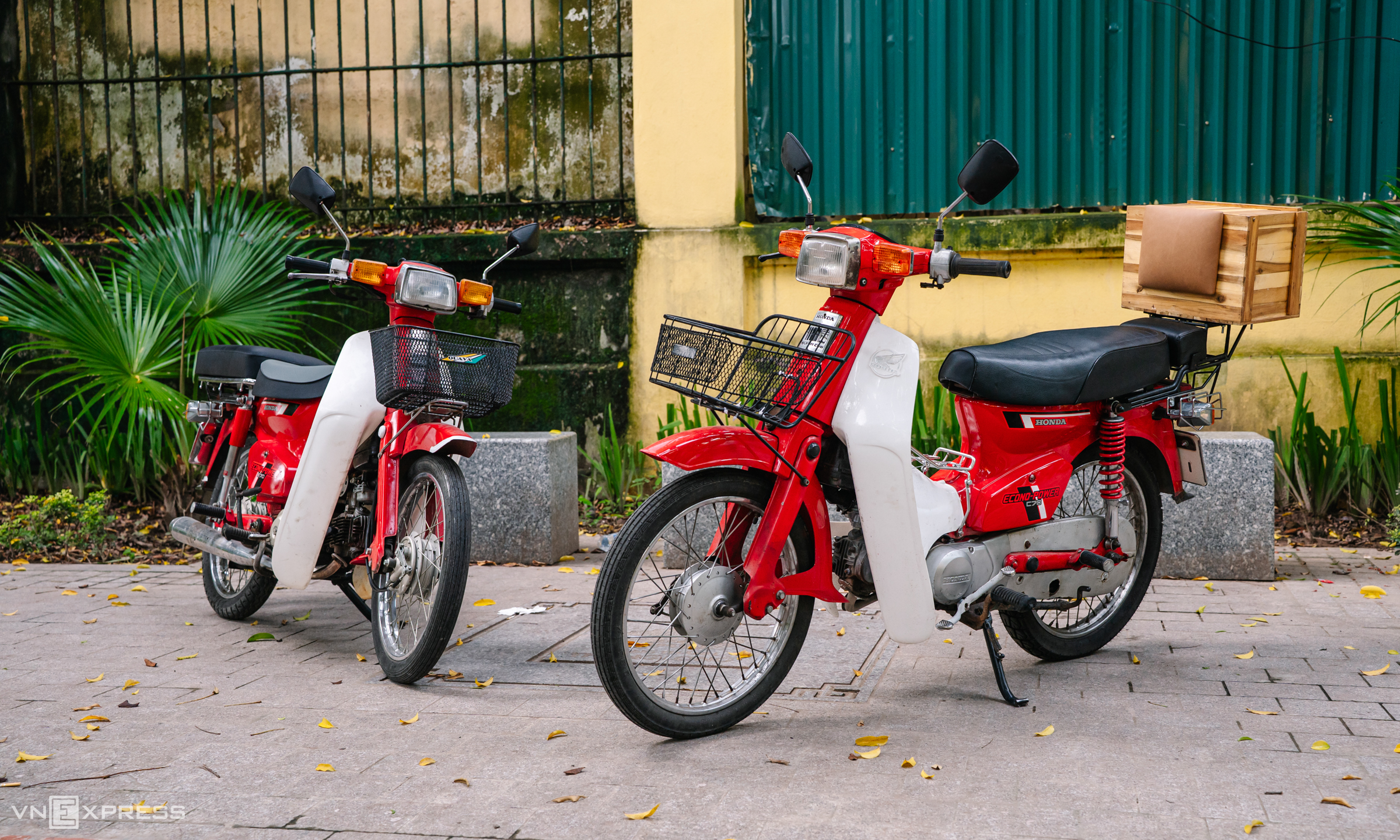 |
Nghiem Anh Quan, co-founder of Vietnam Wander, and fellow vintage motorcycle enthusiasts have restored several Honda C70 Econo-Powers to offer tourists a glimpse into the subsidy era while touring Hanoi. |
The Honda Super Cub C70 Deluxe Econo-Power, often called the "red DD" or "red prince" by those born in the 1980s and 1990s, was manufactured in Japan from 1969 to 1998. Brought to Vietnam in the 1980s alongside the Super Cub 50, Simson, and Minsk, the C70 Econo-Power symbolized affluence during that era.
The origin of the nickname "red DD" remains unclear, even to collectors. A popular explanation suggests the two Ds stand for "Deluxe," from the model name, and "Double Seat," distinguishing it from single-seat models in Japan.
Owning a Honda C70 Econo-Power was a significant achievement, requiring a substantial investment equivalent to 10 gold taels. As these motorcycles were often exported to Germany, many Vietnamese working in East Germany or Czechoslovakia brought them back, resulting in their limited availability in Vietnam.
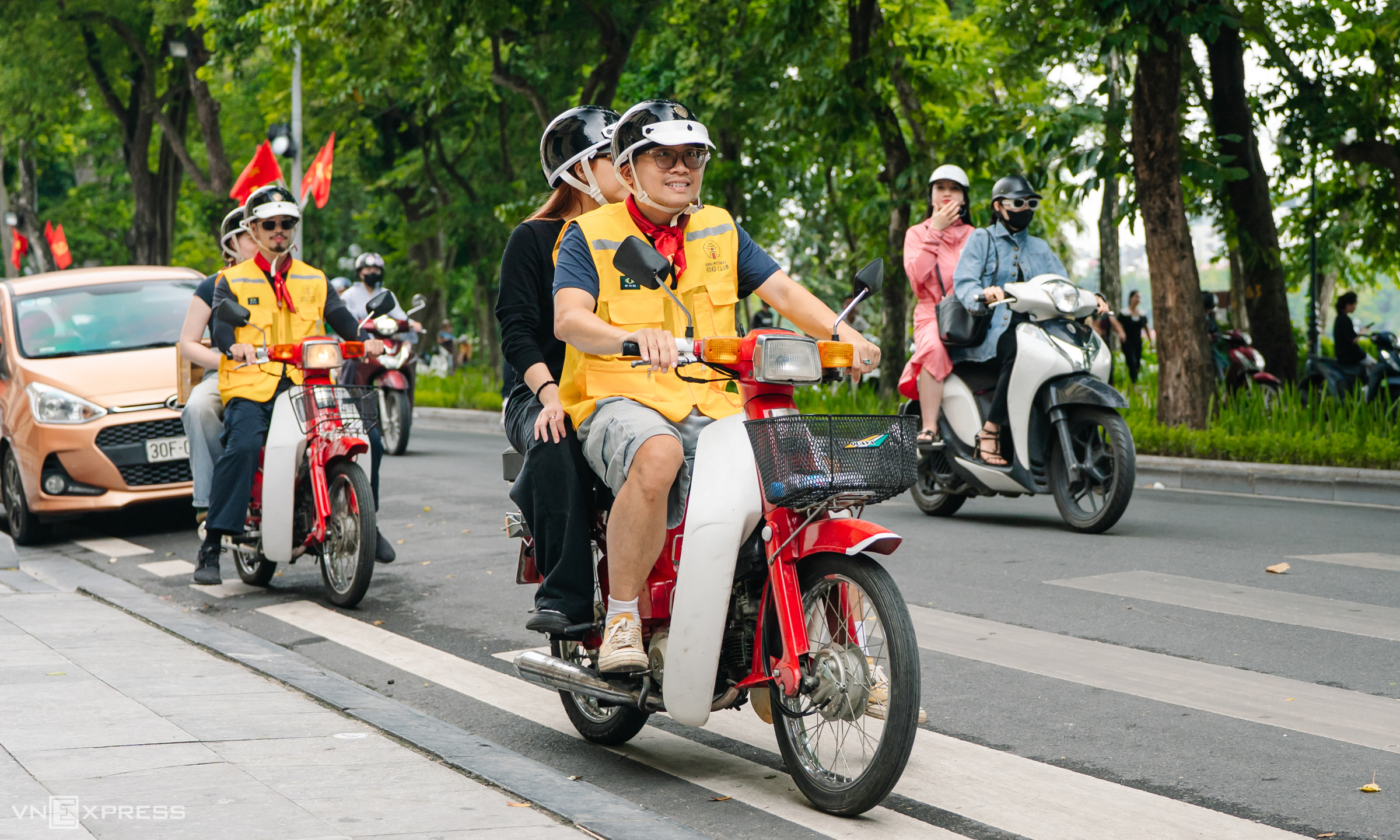 |
Quan says they have over 10 Honda C70 Econo-Powers for tours, usually kept at a workshop on Bach Dang Street. Most were found in disrepair but had complete documentation. |
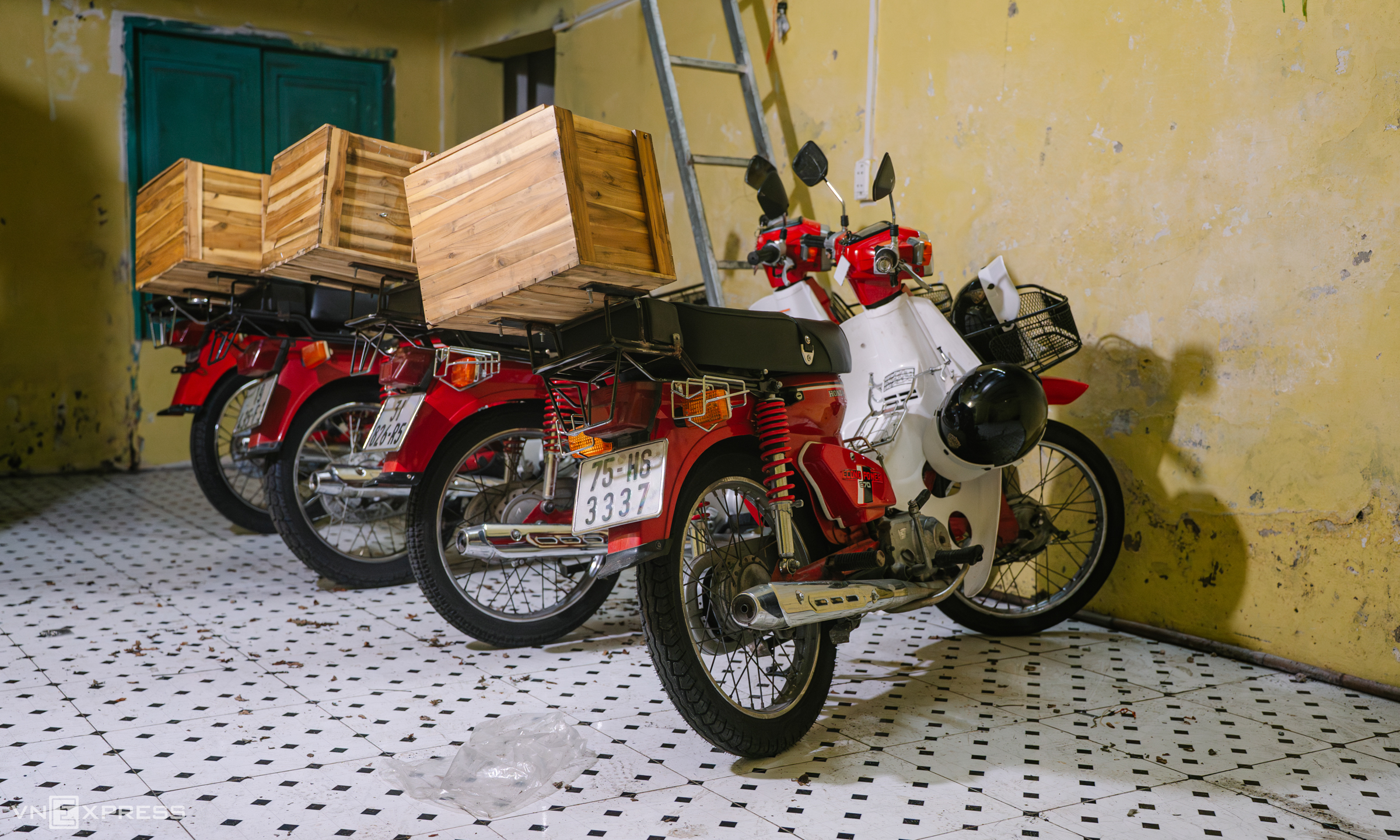 |
Quan's tours also feature a few modified motorcycles with adjusted rear suspensions, removed storage boxes, and longer seats for riders over 90 kg. |
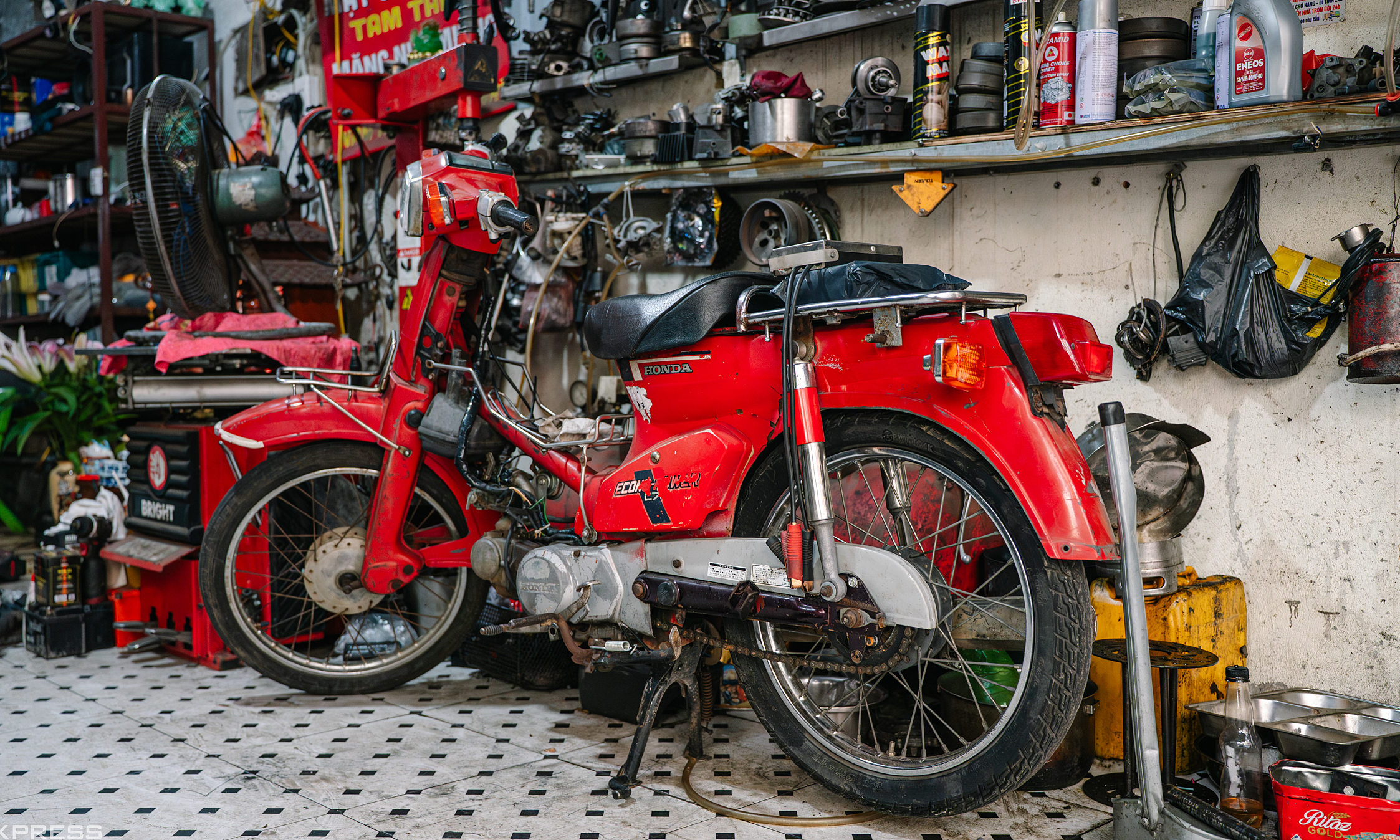 |
The square speedometer displays turn signal indicators, neutral gear, and fuel level. The ignition key slot is located below. |
Dung, a veteran mechanic, handles the restoration and maintenance. "Restoring a 'red DD' takes 1-2 weeks depending on the condition," Dung explains, "but severely damaged ones or those requiring customization can take a month."
The biggest challenge is the lack of spare parts. Some parts must be salvaged from other motorcycles and modified to fit. New parts are often counterfeit, substandard, or incompatible.
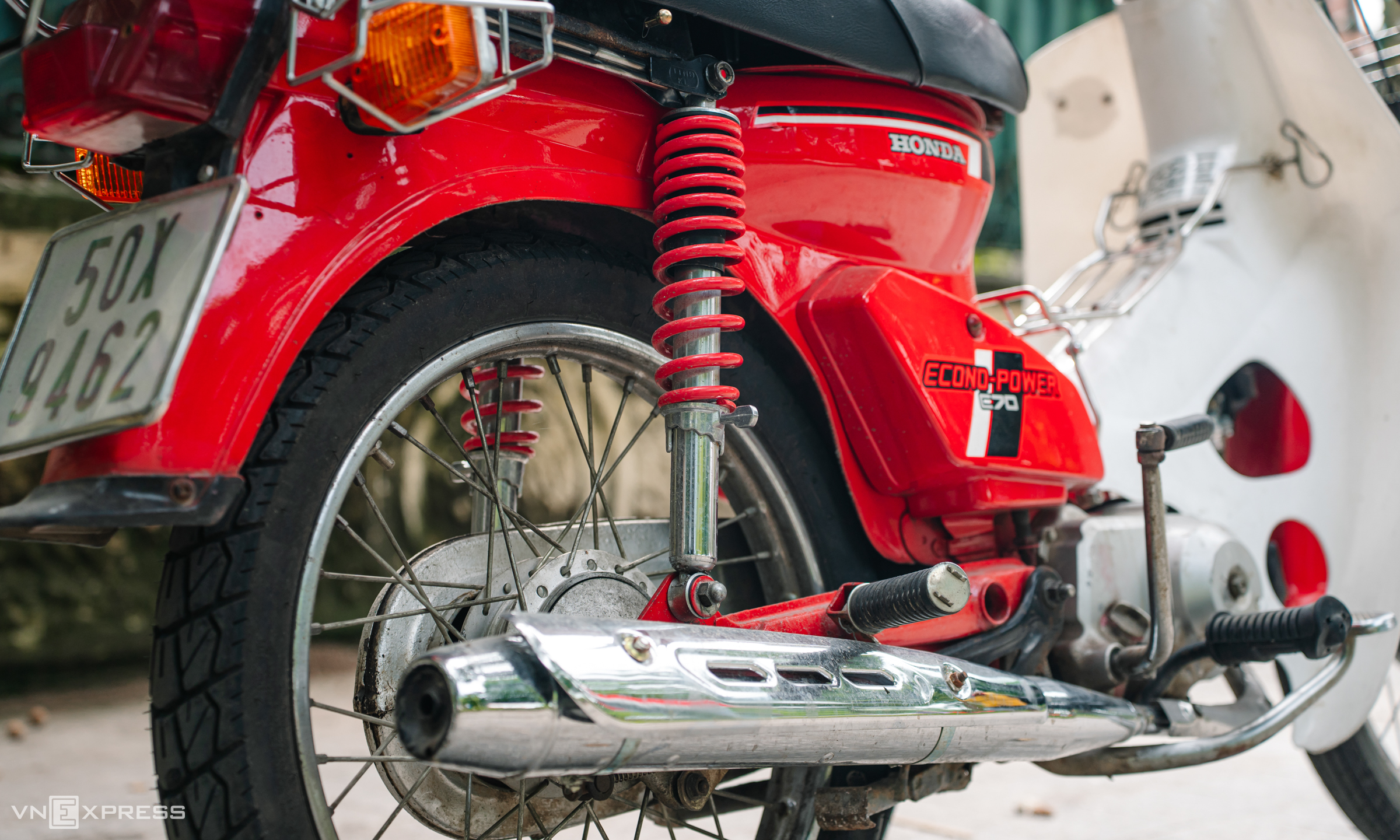 |
The motorcycle has no storage compartment under the seat, which houses the 4.8-liter fuel tank. |
"To be roadworthy, the C70 Econo-Powers must meet current emission standards. However, Honda's meticulous design makes engine and emission modifications relatively straightforward," Dung says.
The original rear suspension, a swingarm with dual shocks, was designed for smaller riders. To accommodate today's riders, Dung replaces it with a hydraulic spring system, improving load capacity while retaining the original front suspension.
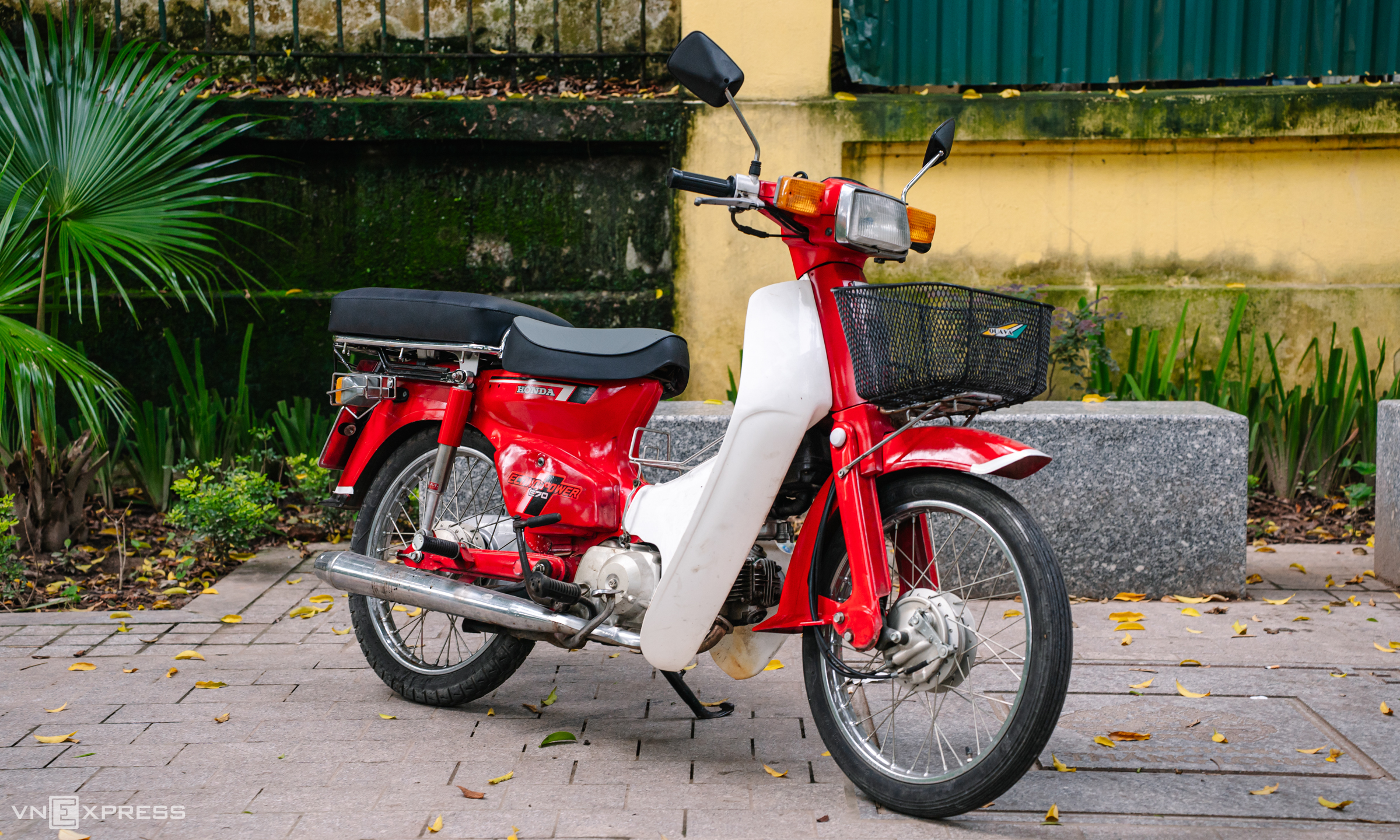 |
The original warning and instruction stickers, translated into English, French, and German, are intact. |
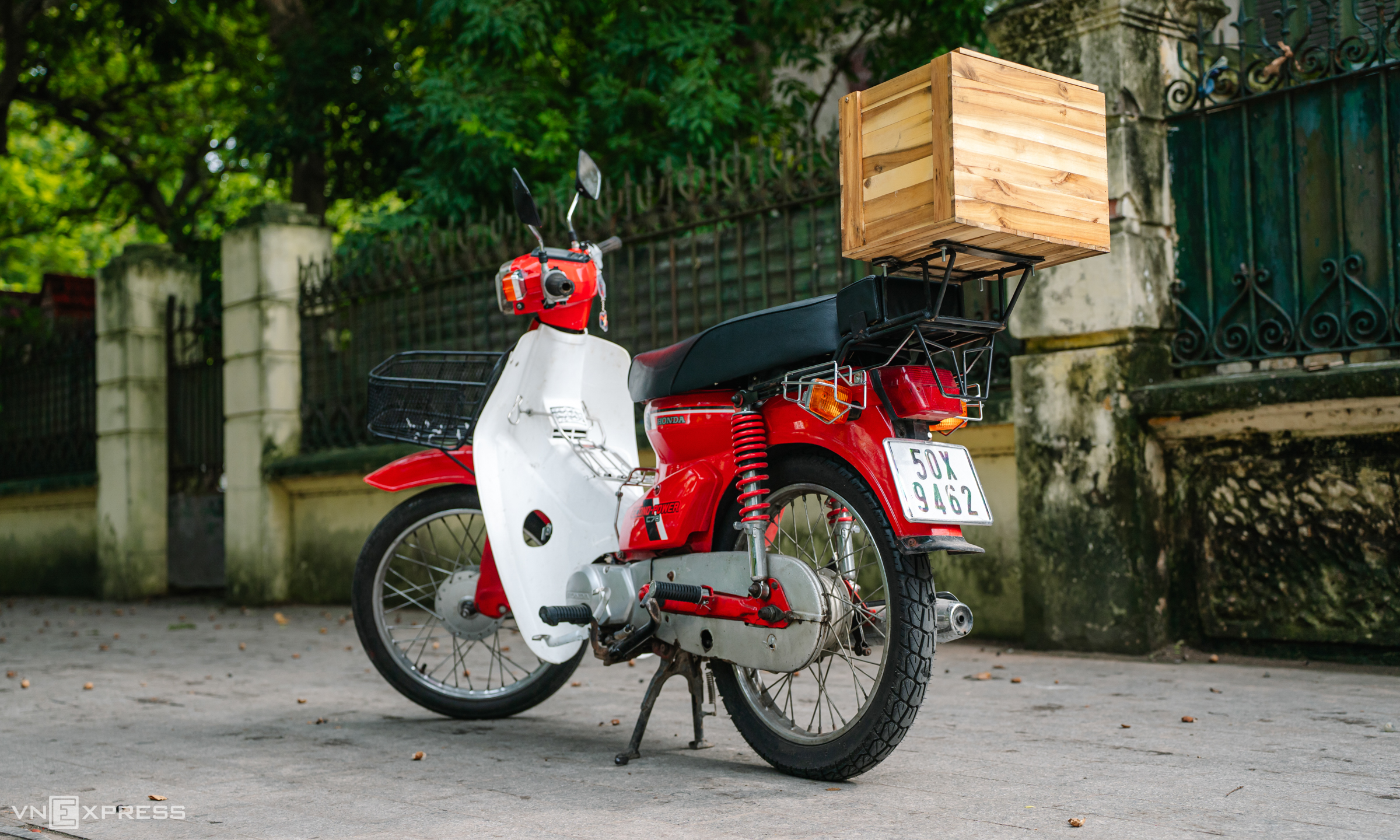 |
"These 'red DDs' not only offer a tour of Hanoi but also a nostalgic journey back to the subsidy era, connecting tourists with Vietnamese history through this iconic Honda DD," Quan adds. |
Some motorcycles retain original features like the distinctive square headlight and turn signals, 110 mm drum brakes on both wheels, a 760 mm seat height, and a 72 kg weight.
From the red and white paint to the rusted metal parts, each motorcycle is meticulously restored. The original square taillight is preserved and fitted with a protective frame. A wooden storage box and backrest are added for passenger comfort.
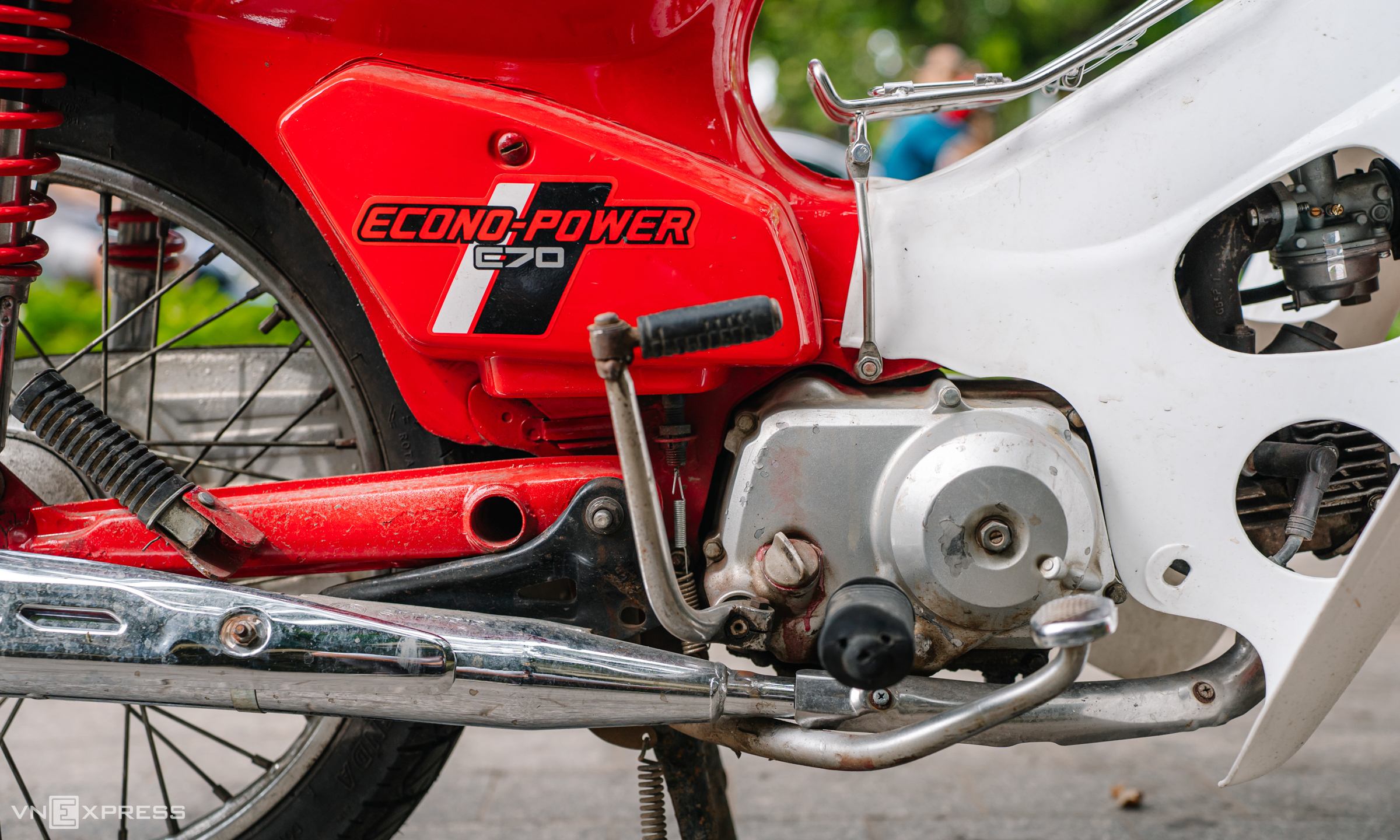 |
The 70cc, 4-stroke, single-cylinder engine with 2 overhead valves and air cooling produces 6 horsepower at 9,000 rpm. The C70 Econo-Power offers improved power, torque, and fuel efficiency compared to the standard C70.
The 3-speed transmission and self-tensioning cam chain minimize maintenance. According to Honda, the fuel consumption is 0.9 liters/100 km.
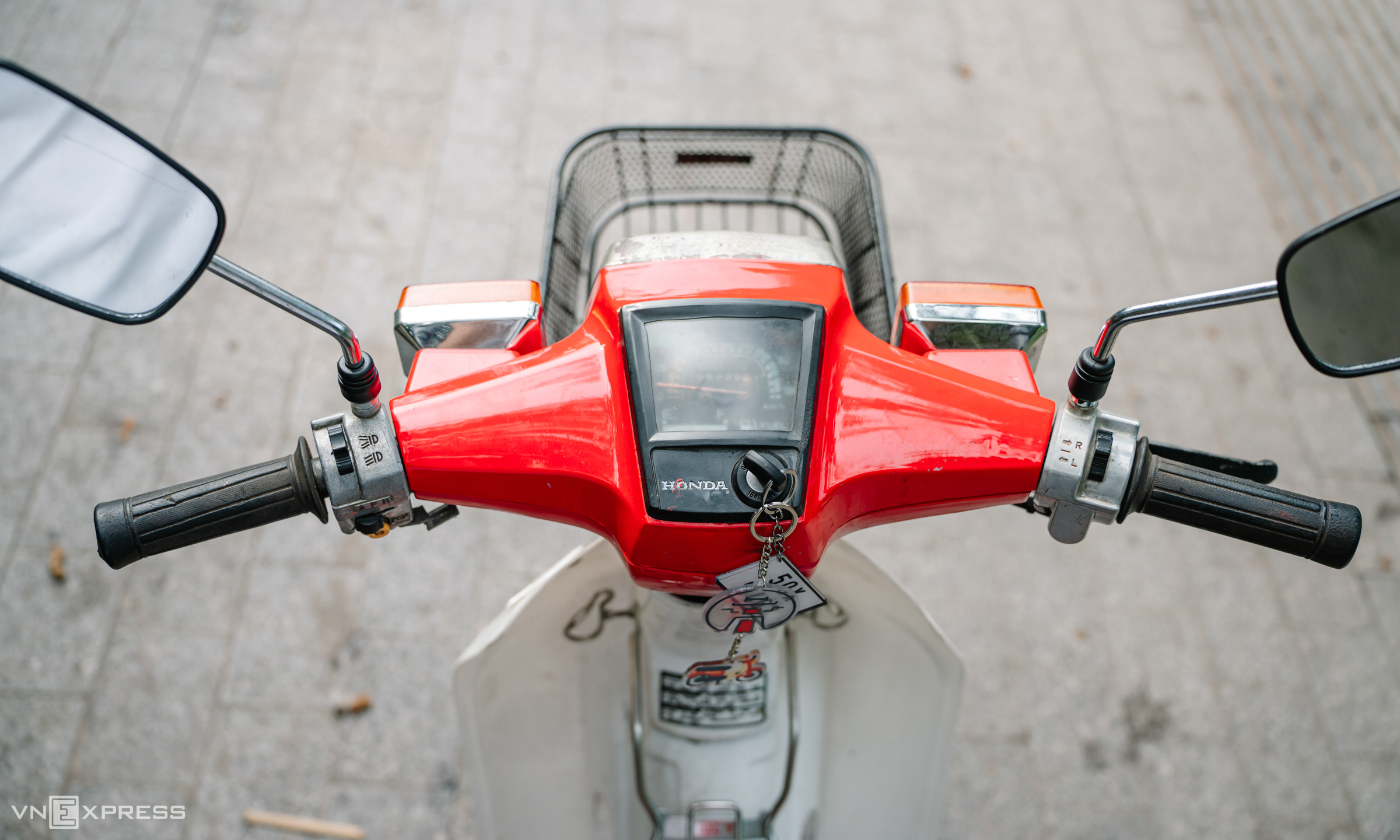 |
The right handlebar houses the throttle and turn signal switch, while the left handlebar has the high/low beam switch and horn.
Dung emphasizes regular maintenance, including oil changes every 1,000 km and brake and chain inspections after each tour, specific to these motorcycles compared to other Cub or Dream models.
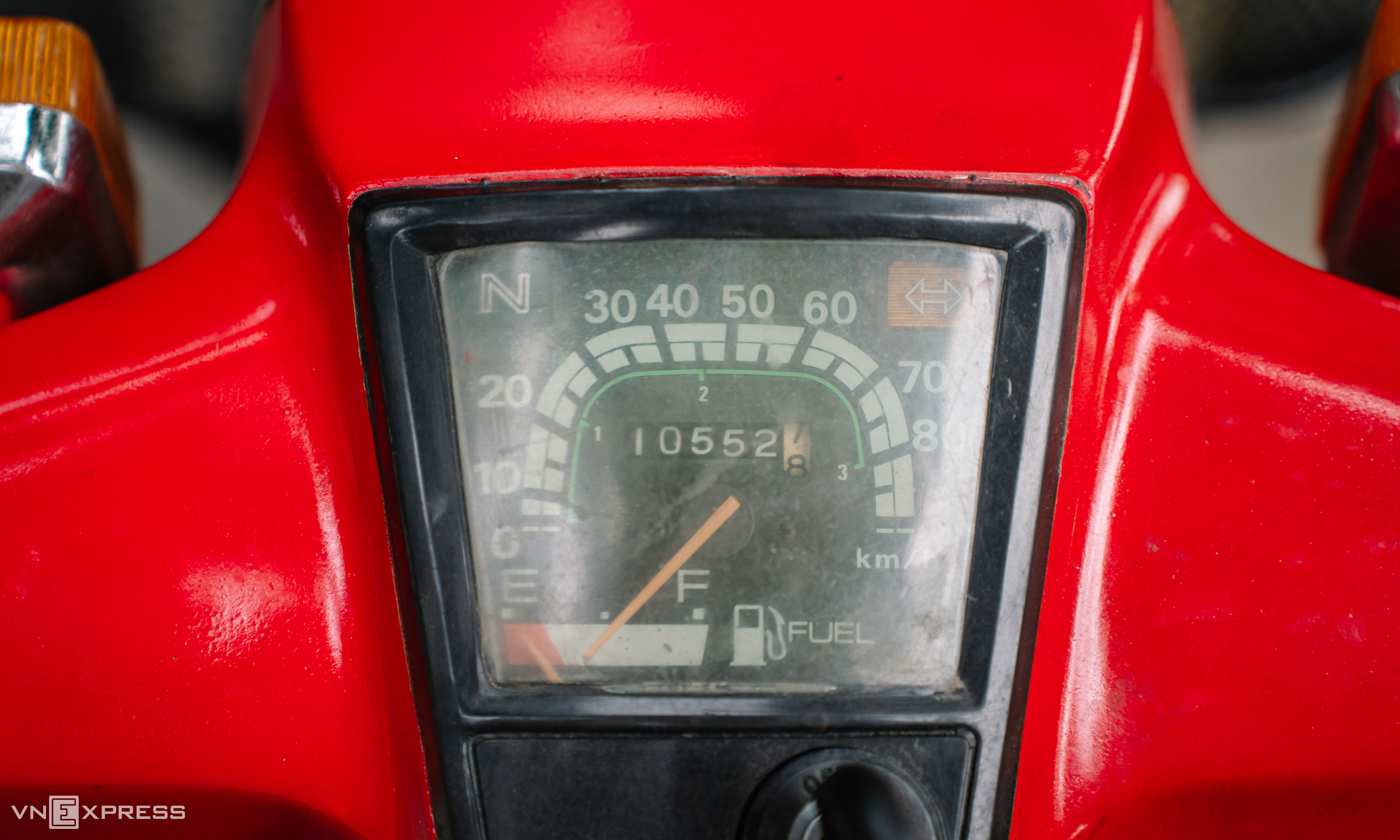 |
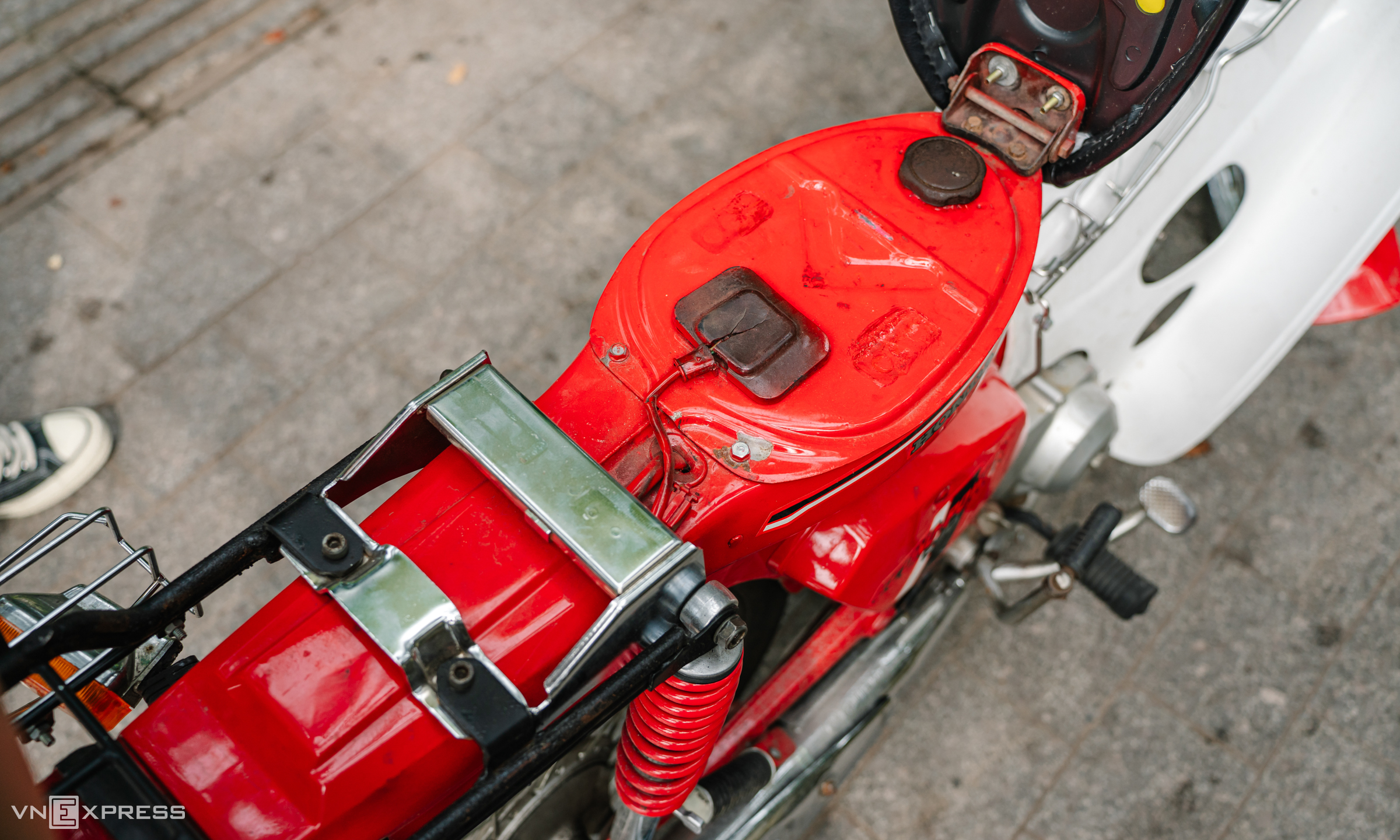 |
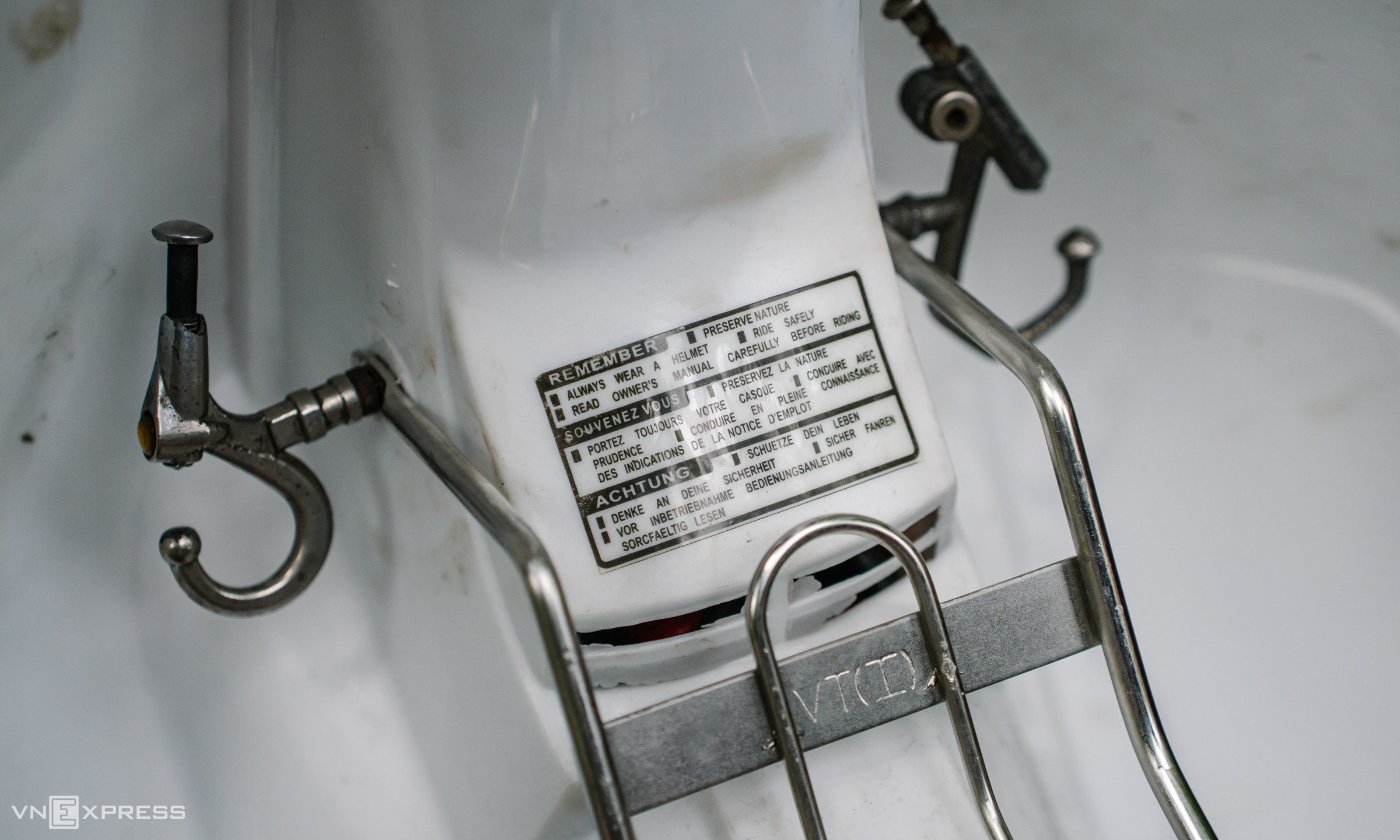 |
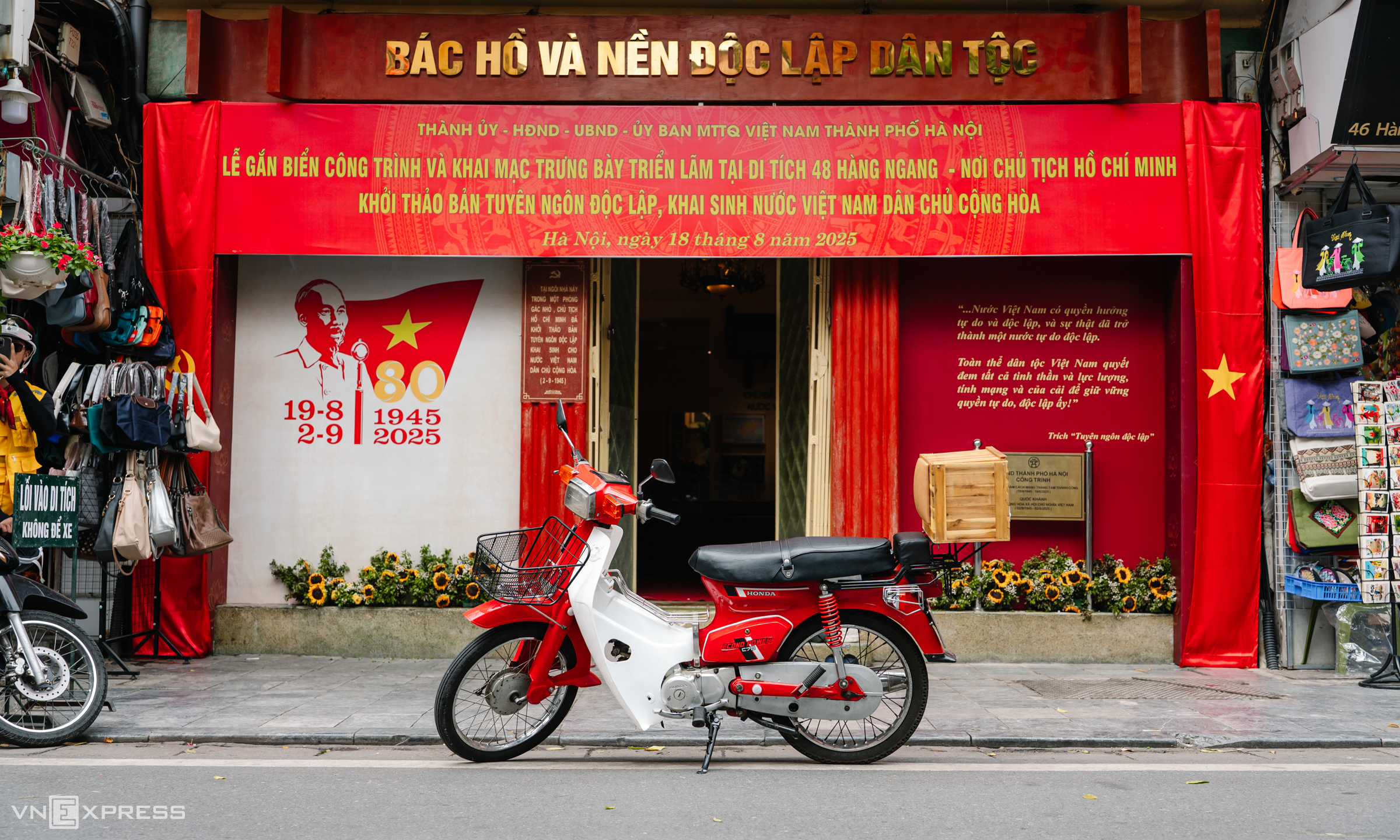 |
Minh Quan




